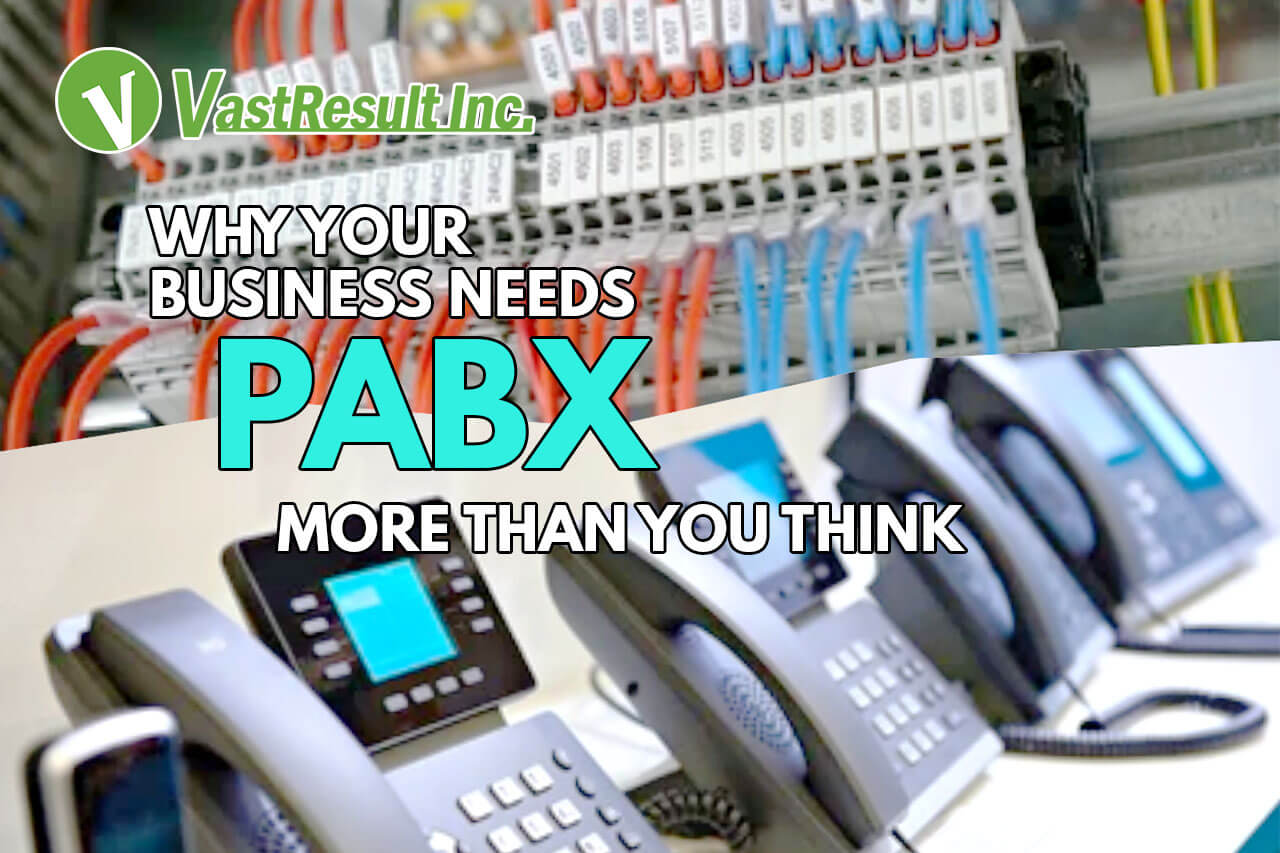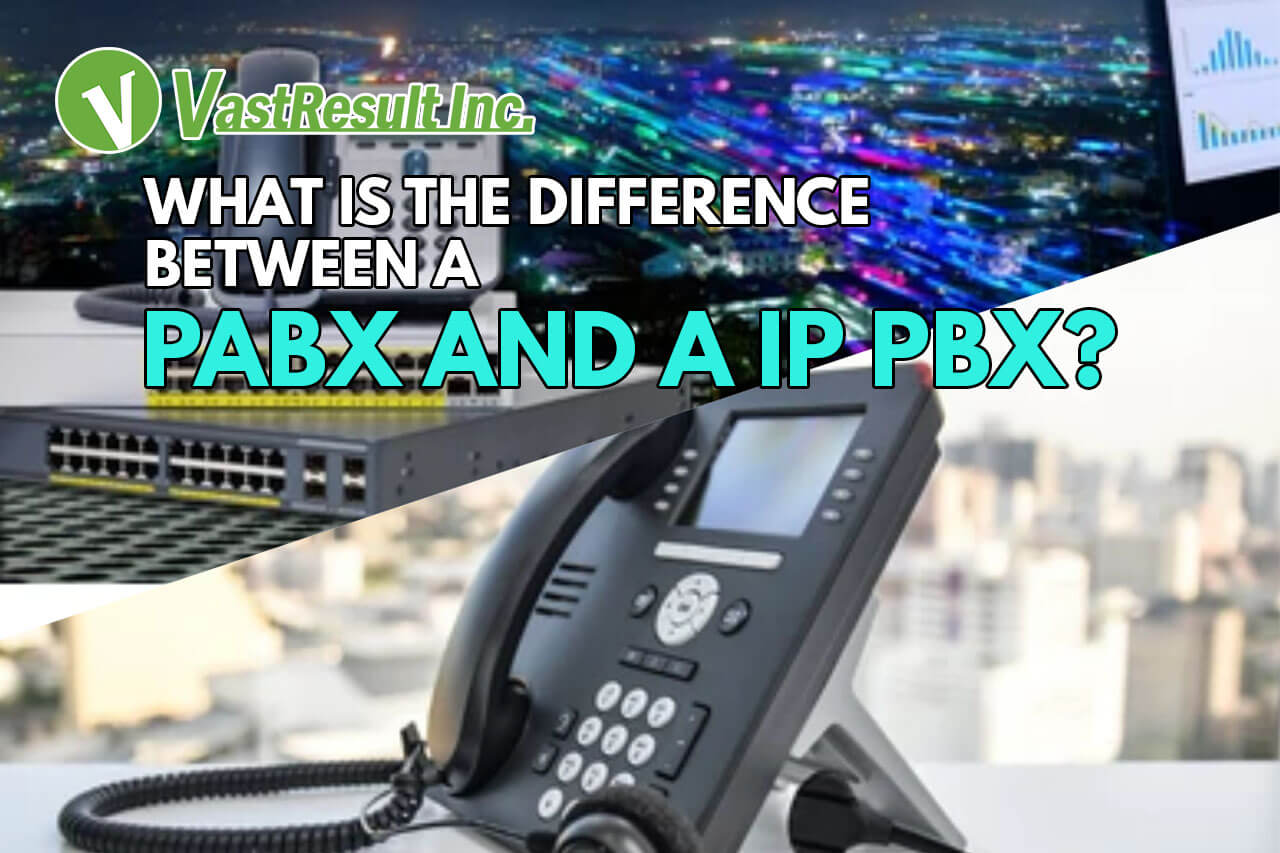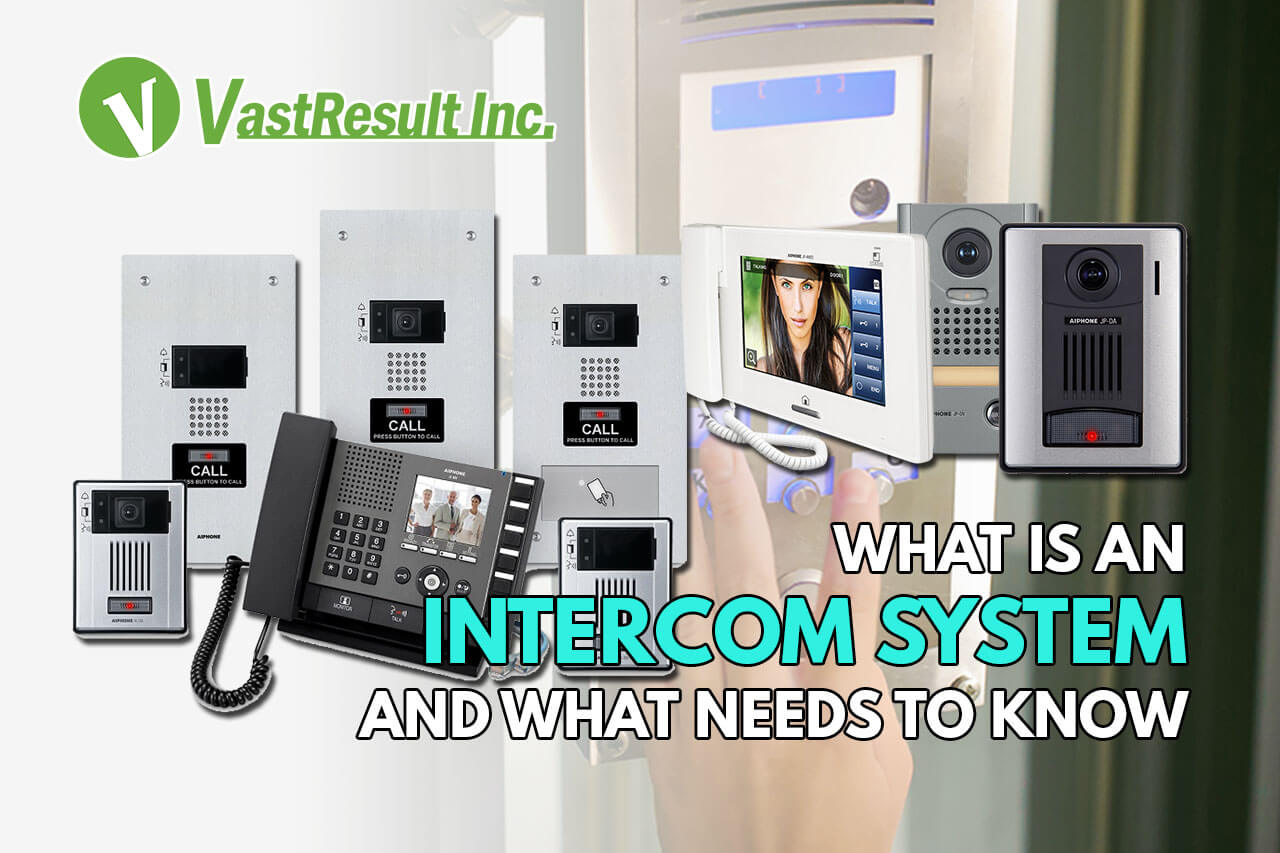
Why Your Business Needs PABX More Than You Think
March 31, 2023
Things You Need to Know About Access Control System
April 5, 2023What Is the Difference Between a PABX and a IP PBX?
PABX (Private Automatic Branch Exchange) and IP PBX (Internet Protocol Private Branch Exchange) are both telephone systems used by businesses to manage their communications. The main difference between the two is the technology used for communication. PABX is a traditional telephone system that uses copper wires and physical circuits to connect calls, while IP PBX uses the internet protocol to connect calls over a network. Here are some key differences between PABX and IP PBX:
- Technology: PABX uses traditional analog or digital telephony technology, while IP PBX uses internet protocol and Voice over Internet Protocol (VoIP) technology.
- Connectivity: PABX requires physical connections between the telephone lines and the PBX system, while IP PBX uses the internet to connect phones, which allows remote connectivity and more flexibility.
- Cost: IP PBX can be less expensive than PABX due to its lower hardware and maintenance costs.
- Features: IP PBX offers more advanced features than PABX, such as video conferencing, call recording, and mobile device integration.
- Scalability: IP PBX is more scalable than PABX and can easily add or remove users and features.
Overall, while both systems have their advantages, IP PBX offers more flexibility, scalability, and advanced features than traditional PABX.
Internet Protocol
Private Branch Exchange (PBX) and Private Automatic Branch Exchange (PABX) are nearly interchangeable terminology nowadays. This is because PABX systems have shown to be superior to traditional PBX systems, and with the dropping prices of high-speed internet connections, it just makes more financial sense. However, there is a distinction between them in terms of how they came to be.
IP-PBX
This is the “legacy” system that, in the second part of the twentieth century, supplanted POTS in the vast majority of workplaces. It is largely based on a landline telephone, with switchboard operators connecting calls inside and into the private branch.
Pros
- Much more efficient than a traditional phone system.
- It was no longer necessary to build as many phones’ lines.
Cons
- Human operators are inherently inefficient.
- Long periods of waiting
- There are no other features.
- Completely dependent on landline phone service.
PABX
Businesses began searching for more modern communications systems as technology improved, in order to keep up with all of the innovation going on, not to mention the mobile revolution we’re still watching today. Users may connect to the early PABX systems by pressing buttons on their phones and dialing extension numbers. As the internet became the major mode of communication, VoIP PABX systems became the most popular choice, providing enhanced capabilities and benefits that were simply not available in the past.
Pros
- It eliminates the need for complex landlines to be installed.
- VoIP allows for practically immediate connections.
- One PABX system for all branches of a single firm, even if they are located all over the world.
- Softphones are applications that may be loaded on mobile devices and desktops.
- Extra features that boost efficiency.
Cons
- To function, a solid, steady internet connection is required, which may be an issue in some areas.



